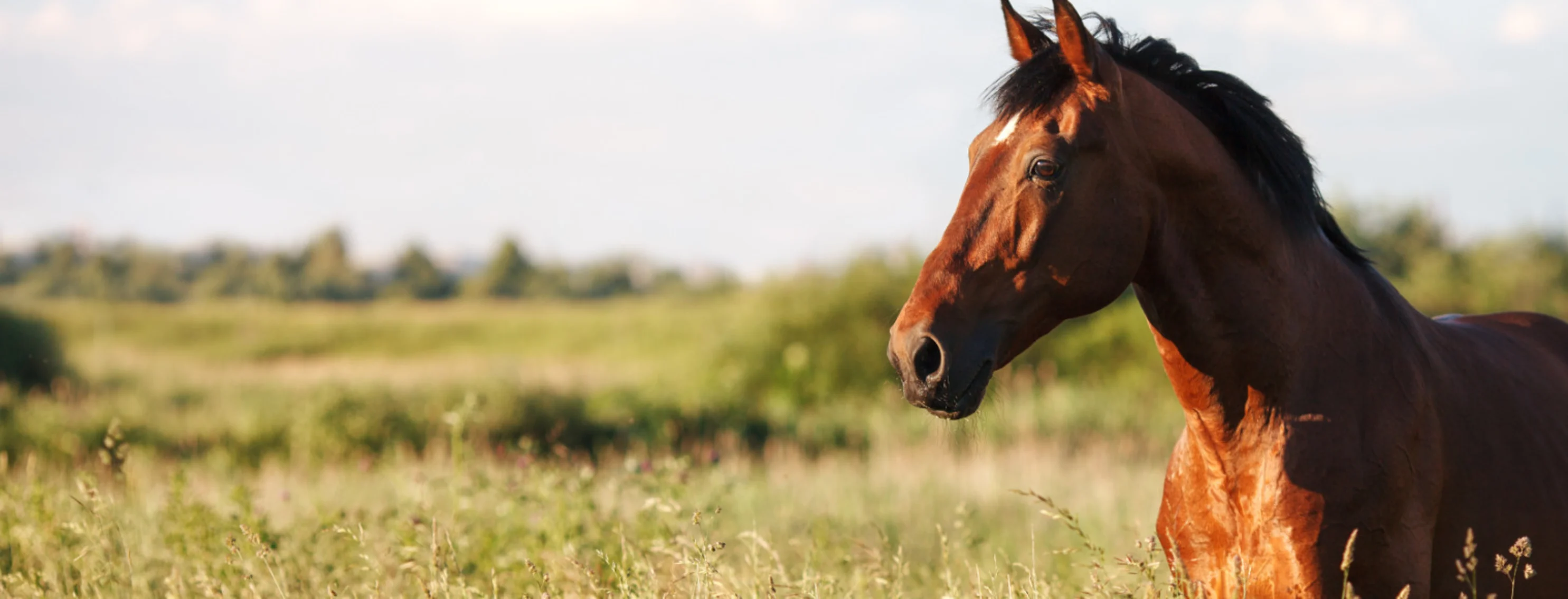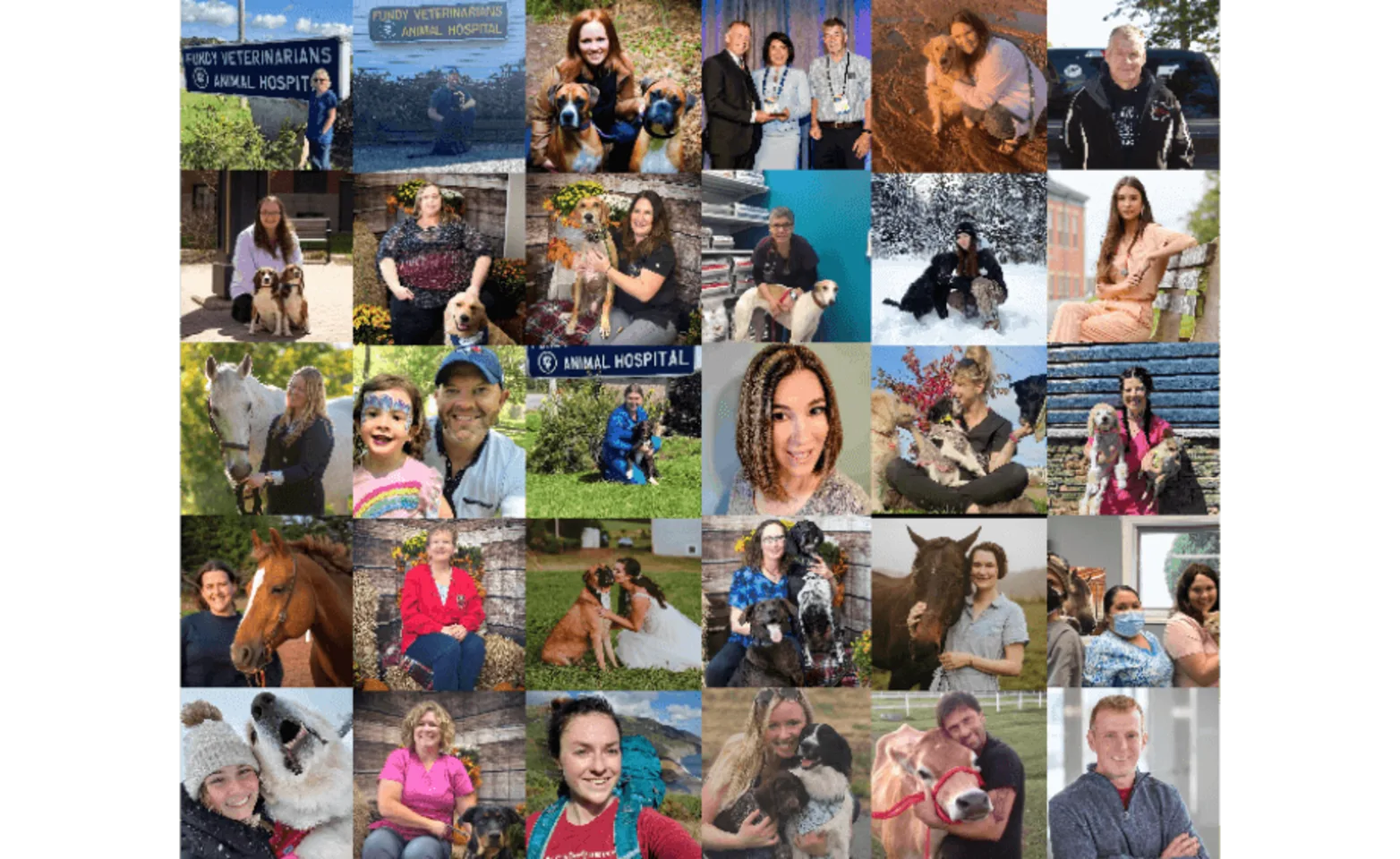Fundy Veterinarians



Our Services

Pet Services
Is your pet not feline well?
Trust us- we’re dogtors! All puns aside, you can trust us to provide honest to goodness care, services, products and advice for your best friends. We always have their best interests at heart.

Equine Services
The human-horse connection can be a powerful one. Learning to communicate with and care for your horse can be a journey. Let us come along for the ride.

Food Animal Services
Your best friend and business partner deserves high quality and compassionate care. Trust us to keep them MOO-ving.

Meet Our Team
When we say your pets are a part of our family, we aren’t kidding. We’re one big honest to goodness family with a common interest in animals and animal welfare. Each member of our team contributes to the quality care we’ve been famous for since 1971.
